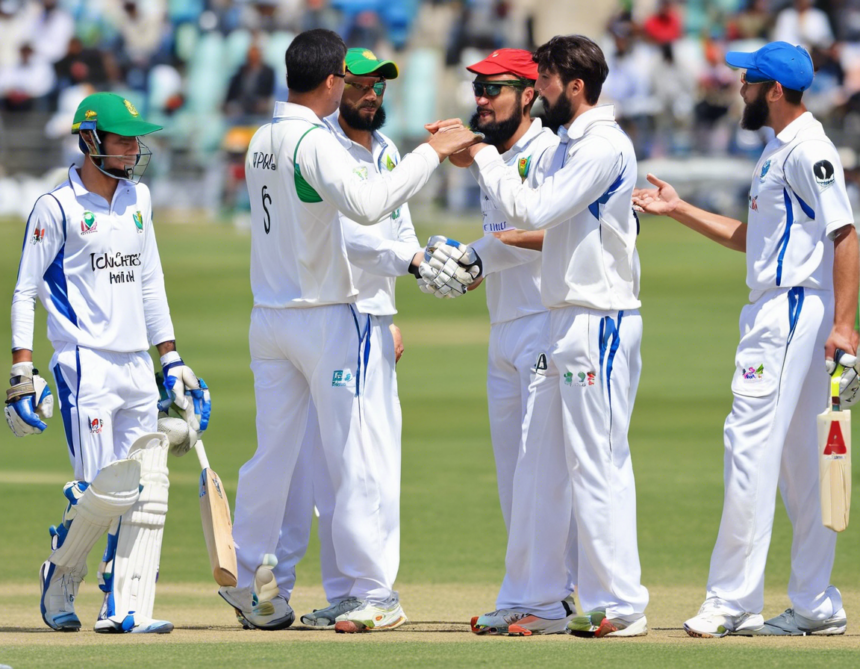Cricket is a sport that has a massive following worldwide, and fans often look for detailed information about matches, including Afghanistan vs South Africa match scorecards. In this post, we will delve into the significance of match scorecards, explain what they entail, and explore how they can help fans understand the performance of both teams in a cricket match.
Why Scorecards Matter
A match scorecard is a comprehensive record of a cricket match, providing details that allow fans, players, coaches, and analysts to understand how the game unfolded. These scorecards include a wealth of information, such as individual player performances, team totals, partnerships, bowling figures, and more. They serve as a valuable resource for assessing player and team efforts and identifying strengths and weaknesses.
Components of a Scorecard
A typical match scorecard consists of several key components, each offering insights into different aspects of the game:
1. Batting Statistics
- Runs: Total runs scored by each batsman.
- Balls Faced: Number of deliveries faced by each batsman.
- 4s/6s: Number of boundaries (4s) and sixes (6s) hit by each batsman.
2. Bowling Statistics
- Overs: The number of overs bowled by each bowler.
- Runs: Total runs conceded by each bowler.
- Wickets: Number of wickets taken by each bowler.
3. Partnership Details
- Partnership Runs: Total runs scored by each pair of batsmen while together.
- Duration: The number of deliveries or overs spent together in a partnership.
4. Team Totals
- Innings Total: The cumulative runs scored in each innings.
- Overs Faced: Total number of overs faced by the team.
Interpreting the Scorecard
Understanding a match scorecard requires familiarity with cricket terminology and statistical analysis. Here are some key points to consider:
-
Individual Performances: Assess each player’s contribution based on their runs, strike rate, wickets, economy rate, and fielding statistics.
-
Partnerships: Evaluate how partnerships influenced the team’s total score and the momentum of the game.
-
Bowling Impact: Analyze bowlers’ performances by considering their economy rate, wickets taken, and the pressure they exerted on the opposition.
-
Fielding Efforts: Look at fielding statistics to gauge a team’s overall performance in terms of catches, run-outs, and general fielding standards.
Why Fans Seek Scorecard Information
Cricket enthusiasts avidly follow match scorecards for several reasons:
- Insight into Player Performances: Allows fans to track individual players’ form and consistency.
- Team Analysis: Provides a comprehensive view of team strategies, strengths, and weaknesses.
- Comparison: Enables comparisons between players, teams, and different matches for statistical analysis.
- Engagement: Enhances fan engagement by offering detailed insights into match dynamics.
Frequently Asked Questions (FAQs)
- What is a Duckworth-Lewis-Stern (DLS) method, and how does it impact scorecards?
-
The DLS method adjusts target scores in rain-affected matches, affecting scoring rates and targets in scorecards.
-
How do I access live scorecards for cricket matches?
-
Various websites and mobile apps offer live scorecards with real-time updates for cricket matches.
-
Can a player’s overall performance be judged solely based on the scorecard?
-
While scorecards offer valuable insights, a player’s contribution goes beyond statistics and includes factors like match situations and impact moments.
-
Do scorecards include fielding statistics for individual players?
-
Yes, modern scorecards often include fielding statistics such as catches taken, run-outs, and stumping chances.
-
Are there any differences in the format of scorecards for Test, ODI, and T20 matches?
- The basic components remain the same, but certain details such as overs bowled, strike rates, and run rates may vary based on the match format.
In conclusion, match scorecards play a crucial role in cricket, offering a detailed account of player and team performances. By analyzing these scorecards, fans and experts can gain valuable insights into the game’s dynamics, strategies, and individual contributions. Whether following live updates or reviewing past matches, scorecards serve as essential tools for cricket enthusiasts seeking to delve deeper into the world of this captivating sport.


Leave a Reply